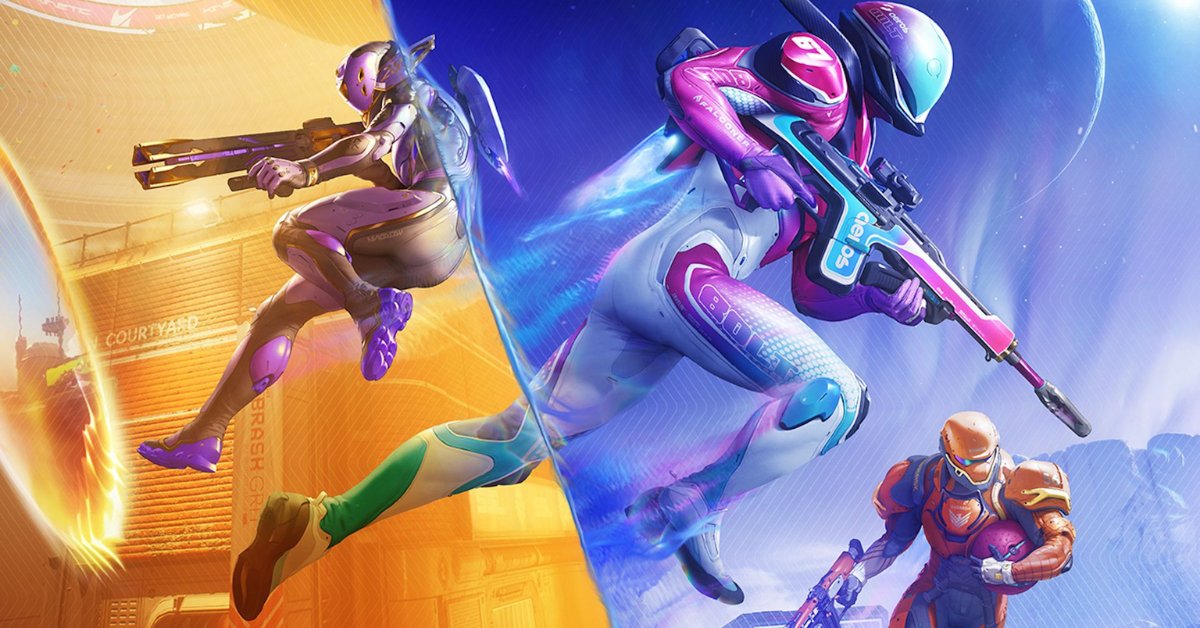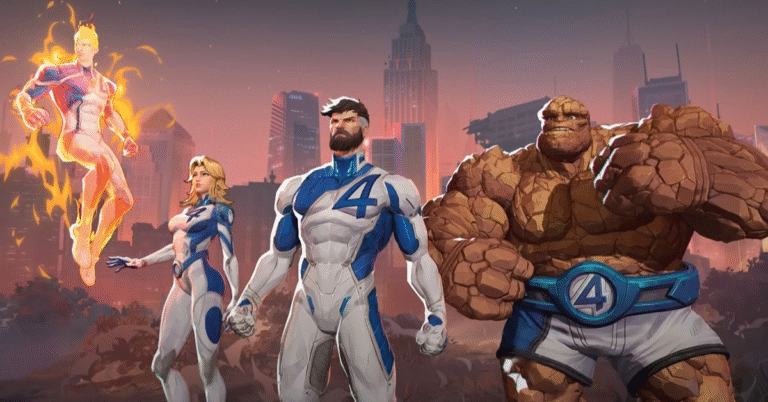Splitgate 2 is one of the most awaited free-to-play games in the shooter world. After the success of the original Splitgate, expectations were high for the sequel. But a recent deep-dive analysis of its influencer campaign—reportedly worth $400,000—has left the gaming community unimpressed and even frustrated.
Instead of hyping up fans, this expensive campaign seems to have missed the mark entirely. Critics and fans alike are calling it “tone-deaf,” and many feel it failed to connect with the core gaming audience. Let’s break down what went wrong, what the analysis says, and why this kind of mistake matters in today’s gaming industry.
What Was the Campaign About?
The $400,000 influencer campaign was designed to build hype for Splitgate 2’s upcoming release. The company behind the game, 1047 Games, partnered with various content creators and streamers to promote the game. But here’s the problem: many of the influencers chosen weren’t familiar with Splitgate’s legacy, gameplay style, or community.
The result? Videos and streams that didn’t feel authentic or exciting—just paid promotions with little heart. This disconnect is where the campaign started to fall apart.
What Did the Analysis Reveal?
A deep-dive report from Aftermath, a trusted name in gaming journalism, outlined several problems:
- Lack of community involvement: The influencers chosen didn’t reflect Splitgate’s existing fanbase.
- No clear game updates: The promoted content didn’t reveal anything new or exciting about Splitgate 2.
- Tone-deaf presentation: Instead of connecting with loyal players or FPS fans, the campaign felt generic and forced.
- Confused messaging: Some influencers weren’t even sure what the new game offered compared to the original.
Overall, the campaign looked like a flashy spend, not a well-thought-out strategy.
Why the Backlash?
Splitgate built its name by listening to fans and growing through word of mouth and actual gameplay fun. So when fans saw influencers who didn’t seem to care or even know much about the game, it felt like a betrayal. The campaign didn’t highlight gameplay, features, or even community feedback—things that matter most to passionate players.
In fact, some fans said they felt “alienated” by the campaign. Many long-time players were hoping for developer updates, behind-the-scenes content, or even early gameplay reveals. Instead, they got awkward promotional content with no real value.
What Could Have Been Done Better?
Here’s what many believe would’ve worked:
- Using known Splitgate creators: The game has a loyal community—why not feature them?
- Gameplay-first marketing: Instead of talking about the game, show what makes it fun.
- Transparent communication: Updates, roadmaps, and developer insights connect better than flashy ads.
- Less budget, more authenticity: Sometimes, small creators deliver more honest engagement.
This isn’t just about money—it’s about respect for the community.
A Wake-Up Call for Game Studios
This campaign is a reminder for all studios—no matter how big the budget, understanding your players is more important than paying influencers. Gaming audiences are smart. They can spot fake enthusiasm a mile away. And they reward companies that genuinely care.
1047 Games may still have time to course-correct. Splitgate 2’s release is still in the future, and they could shift their strategy to focus more on their core players. But this early misstep is a lesson in what not to do.
Final Thoughts
Splitgate 2’s influencer campaign was supposed to build excitement. Instead, it sparked criticism and disappointment. A $400K marketing plan sounds impressive, but without community insight, it can do more harm than good.
In today’s world, authenticity wins. Game studios need to think beyond just numbers and focus on real connections with their audience.






Leave a Comment